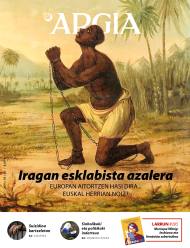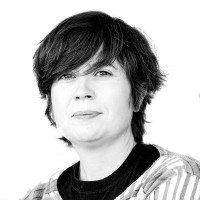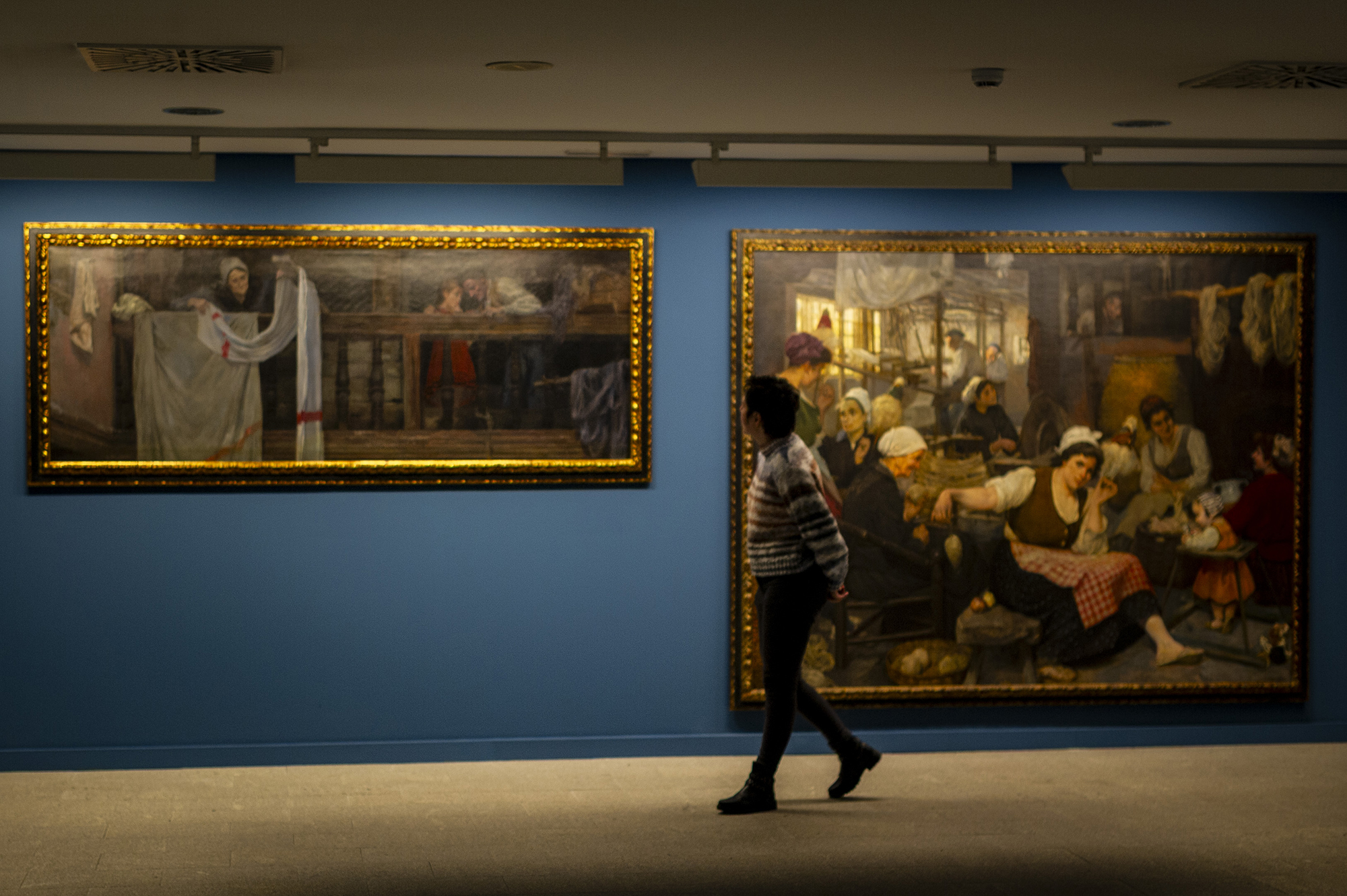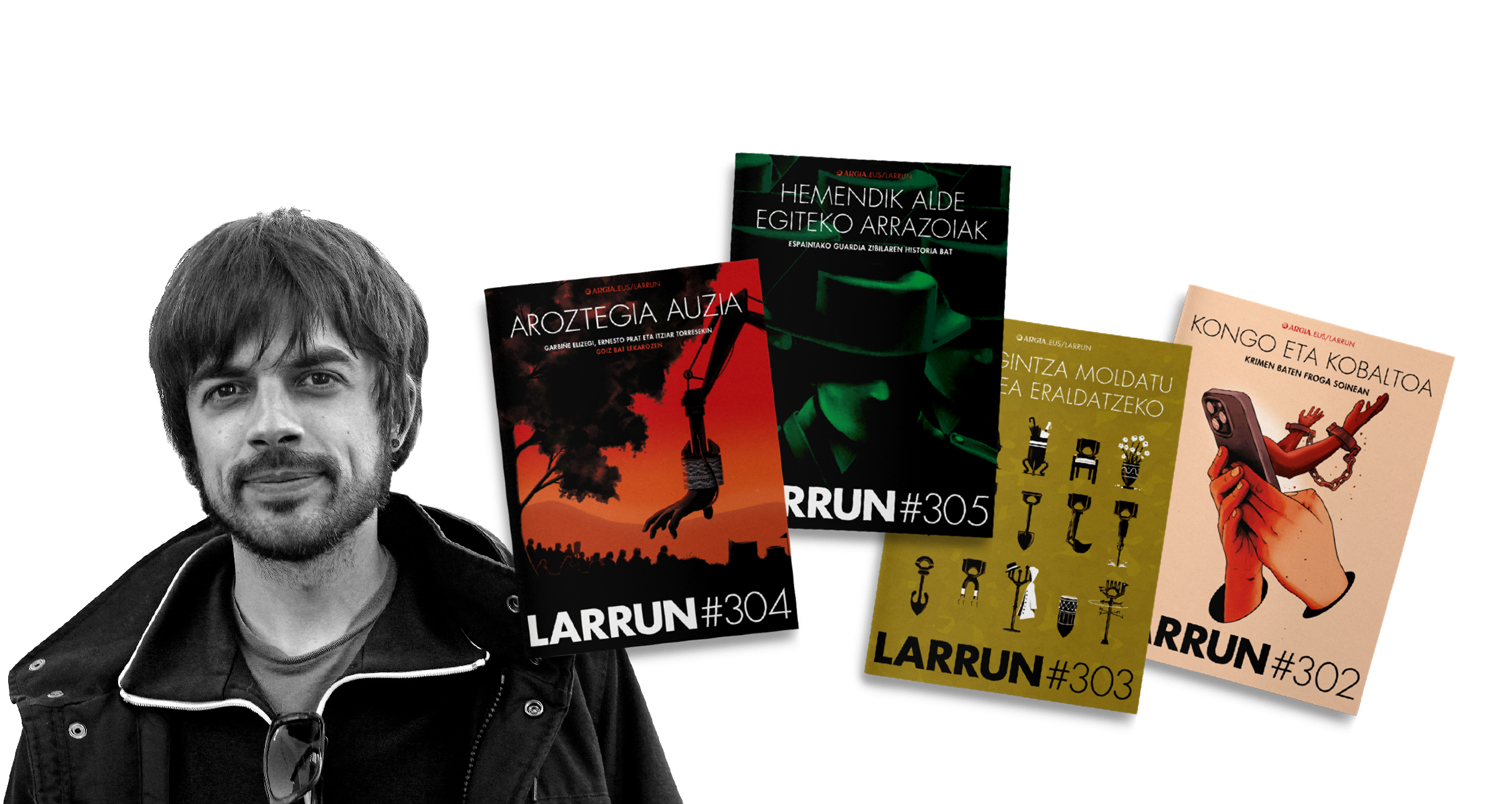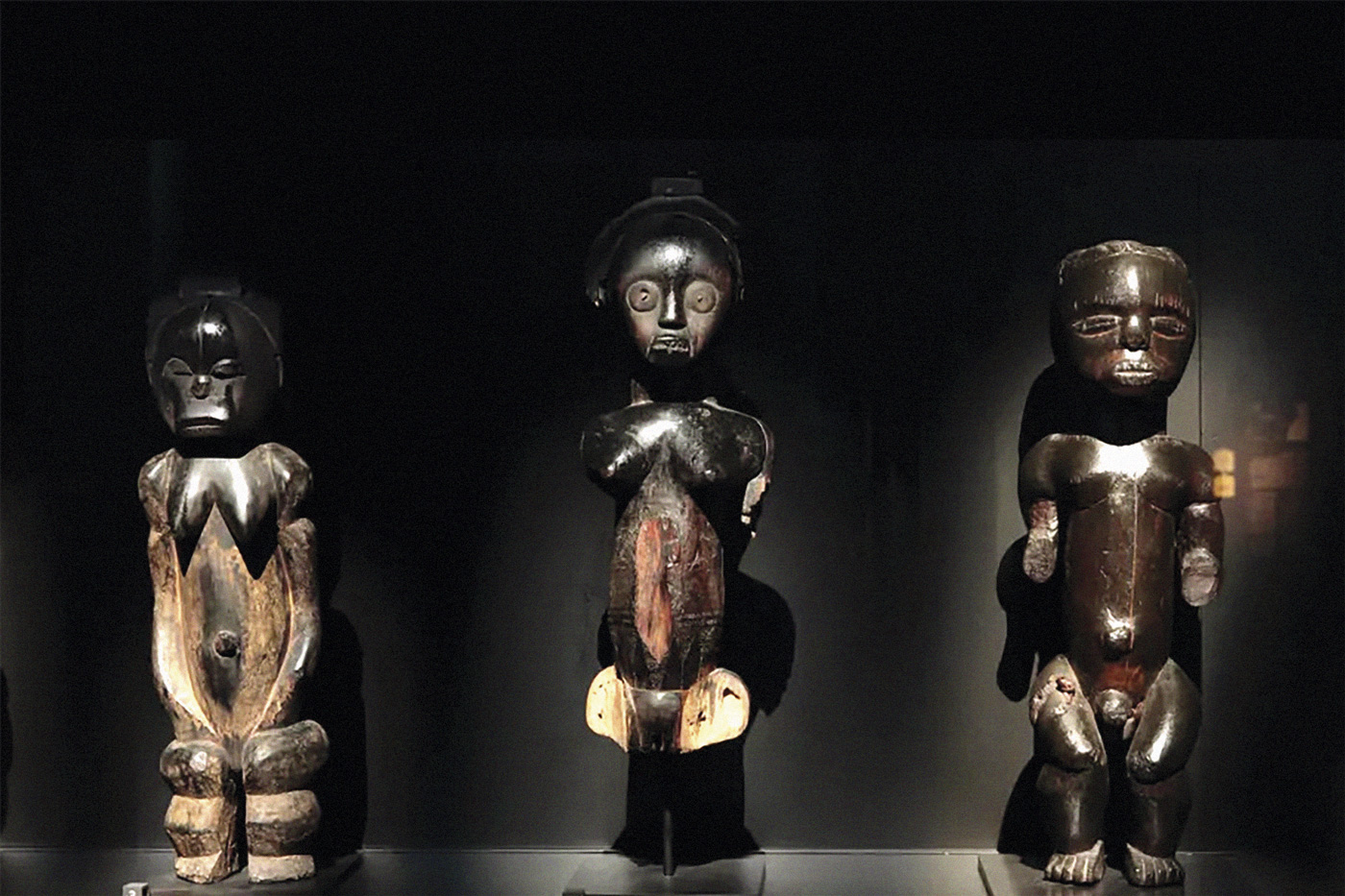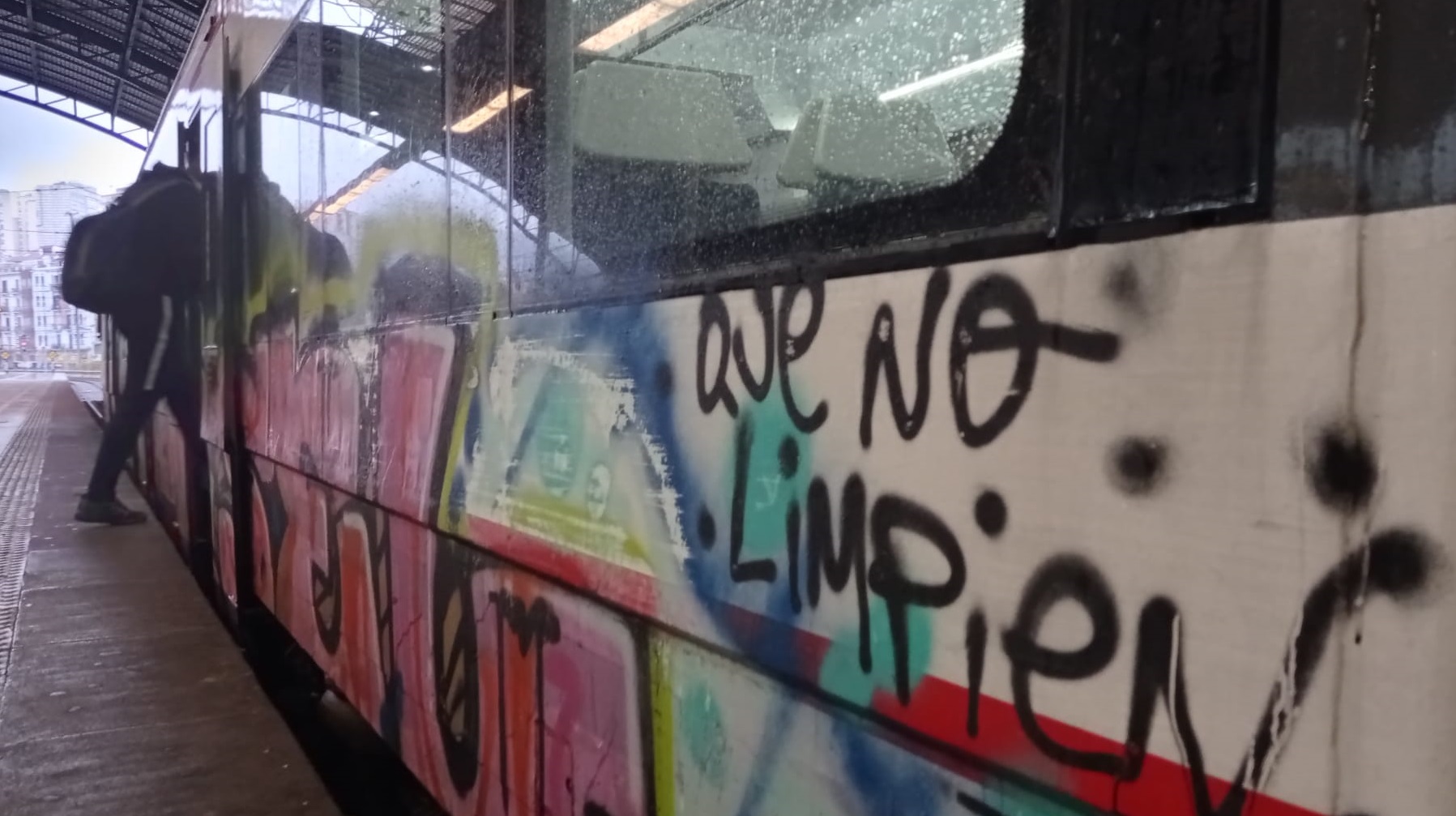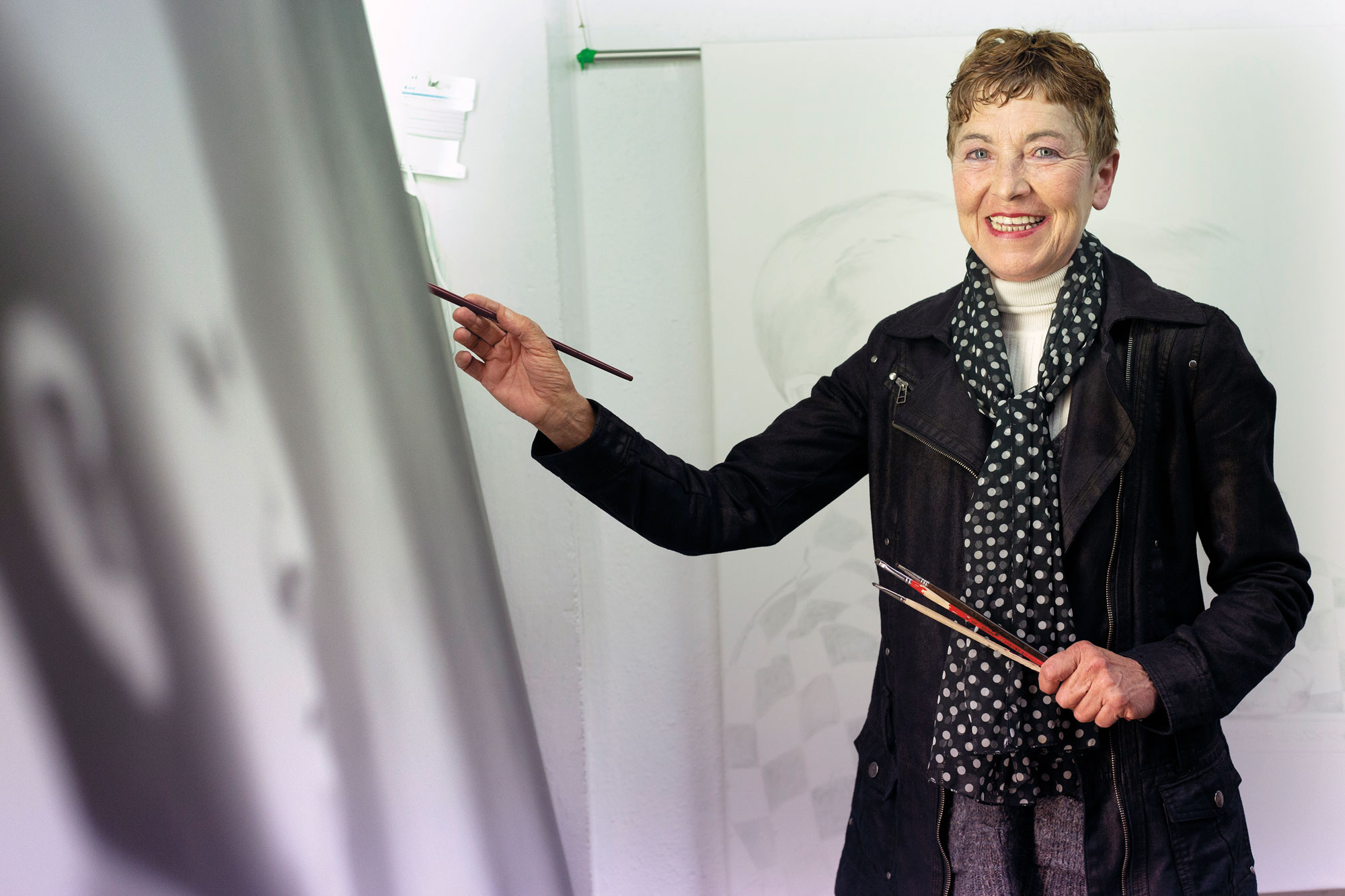"The result is not vital: fortunately, even if the figure goes wrong, I have clients."
- From a young age the dolls houses the artisan Jeru Asurmendi (Artajona, Navarra, 1961). When her daughter was a little girl, she gave her a little house, and since she hadn't found as many miniature figures as she wanted, they began to be created together. What was originally a hobby today is dedicated to the profession, it learned everything on its own. It has the workshop at home and its shelves are filled with materials to make the figures.
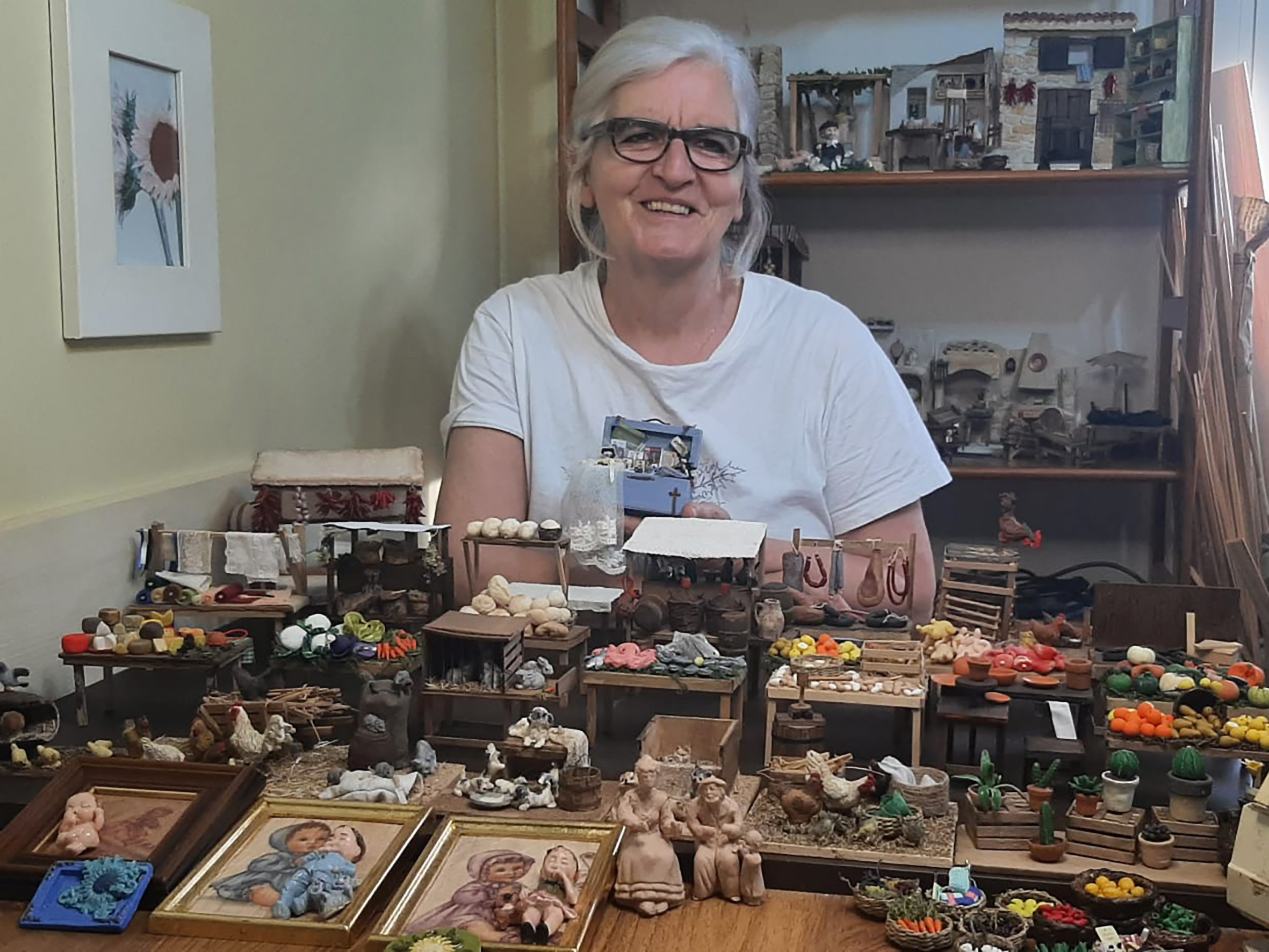
What aroused your interest in dolls houses? When I was
a little boy, along with the chicles, they gave us some little chunks to complete an album. There was everything: casitas, sofas -- I started collecting, and that led me to think about the dolls' houses. So I didn't have a little house, but when my daughter Mikele was born, I asked her if she wanted a house, and then we started doing it together. It is very skilful.
Is it now easier? Now
there are more possibilities, but before it was very difficult to find figures and I started to do it myself. So I learned how to weave very young.
How have you learned? Especially with magazines. I have a lot
and they have tutorials to make figures. I've learned to think, to engineer and to create with the help of magazines. In addition, I went to Madrid with my daughter, and there we met an English woman who bought her a cookbook.
Was it hard to get the figures right at first?
Yes, very. I struggled, and I put everything in the trash. But now I try to recover it rather than throw it away, and I think something else.
Was it also a way of being with
the family? The daughter stood by and did things slowly. Until recently, I've been doing crafts with my nephews.
How did hobby become work? I've always had another
paid job, but when I was unemployed, I didn't know what to do, and because I didn't want to stay home, I went to a cancer association. As he took the unemployment, he gave the association what he earned with the figures. So I saw it could be a job, because it was good for me.
You've gone from little houses to birth. Why? Since the houses and the births are
compatible, I did both, but since the births are sold more, I prefer to look at it. In short, houses are for collectors and births for more people.
How do they combine?
If I decorated a dollhouse inside, I could put anything: a bookshelf, a bench -- and I could become a birth. My daughter tells me that dark belenes like others are kinder with light colors.
Why do you love births so much?
I love always having Christmas with me. Others told me that when my parents died I didn't like Christmas, but I didn't lose my fondness.
What is your birth like? I have no
birth [laughs]. It's curious, but a friend once asked me for a birth and as it came out small, I gave it my own. Imagine, my daughter also spent five years when I did Olentzero. At first I created a Olentzero that was in the woods, but in one market I sold the piece in a moment and had to do another.
Remember the first figure he made?
Maybe it was a puppy, or there could even be some oranges, I don't know. There really had to be some melons, but I didn't do well, but I loved it.
The old fair was in your town, in Artajona. Was it special? Yes,
I was delighted and sold everything. In the village you all know me.
Do people give enough recognition to the work behind it? I don't think so. However, the result is not of vital importance: fortunately, even if the face of the
figure goes wrong, I have customers who buy and are fascinated because it is a craft job.
What is the most successful figure? Olentzero.
Buying Olentzero sitting is OK, but I in the forest go on charcoal or tell stories. And the one he loves the most is Olentzero preparing the Christmas house.
Can the figures have similarities between them? They're all different. I don't take pictures of my works, I don't base what I've done
on other occasions. If not, I would sell the same jobs at all the fairs, and that is not funny.
What materials do you use? Roasting
paper, especially for making onions and garlic, and fimo for making figures.
Do you recycle the material?
Yes, of all: cigar boxes, grain ornaments, wood pieces and fabrics, especially.
He has been at several fairs in Euskal Herria and outside Euskal Herria, but now he just wants to go to those in Navarra, why? I am 62 years old and I want to go quieter and live close to home. Before I was ten days out, but now that doesn't
have magic for me.
How do you see the situation of the profession? Do you think it
has a future? I think it's going to last forever, and if not, wait for me to retire.
Patience
He has been making miniature figures for more than thirty years, he says that he is “lovely” and “patient”: “I have no other remedy, for my work it takes a lot of patience. Many times when you see the result is not as good as what you thought and you have to touch them. In addition, in some cases you have to weave or embroider.” Since I was a kid, he's very creative: "I'm not going to age because I'm always making new projects."
Last week, during the blackout, seeing ourselves vulnerable, we began to investigate many people in order to understand what happened: how does the infrastructure that transports electricity work? Why is it getting old? I am fascinated by the physical phenomenon of electricity... [+]
Eskultura grekoerromatarrek bere garaian zuten itxurak ez du zerikusirik gaurkoarekin. Erabilitako materiala ez zuten bistan uzten. Orain badakigu kolore biziz margotzen zituztela eta jantziak eta apaingarriak ere eransten zizkietela. Bada, Cecilie Brøns Harvard... [+]
Behin batean, gazterik, gidoi nagusia betetzea egokitu zitzaion. Elbira Zipitriaren ikasle izanak, ikastolen mugimendu berriarekin bat egin zuen. Irakasle izan zen artisau baino lehen. Gero, eskulturgile. Egun, musika jotzen du, bere gogoz eta bere buruarentzat. Eta beti, eta 35... [+]
This text comes two years later, but the calamities of drunks are like this. A surprising surprise happened in San Fermín Txikito: I met Maite Ciganda Azcarate, an art restorer and friend of a friend. That night he told me that he had been arranging two figures that could be... [+]
On Monday afternoon, I had already planned two documentaries carried out in the Basque Country. I am not particularly fond of documentaries, but Zinemaldia is often a good opportunity to set aside habits and traditions. I decided on the Pello Gutierrez Peñalba Replica a week... [+]









